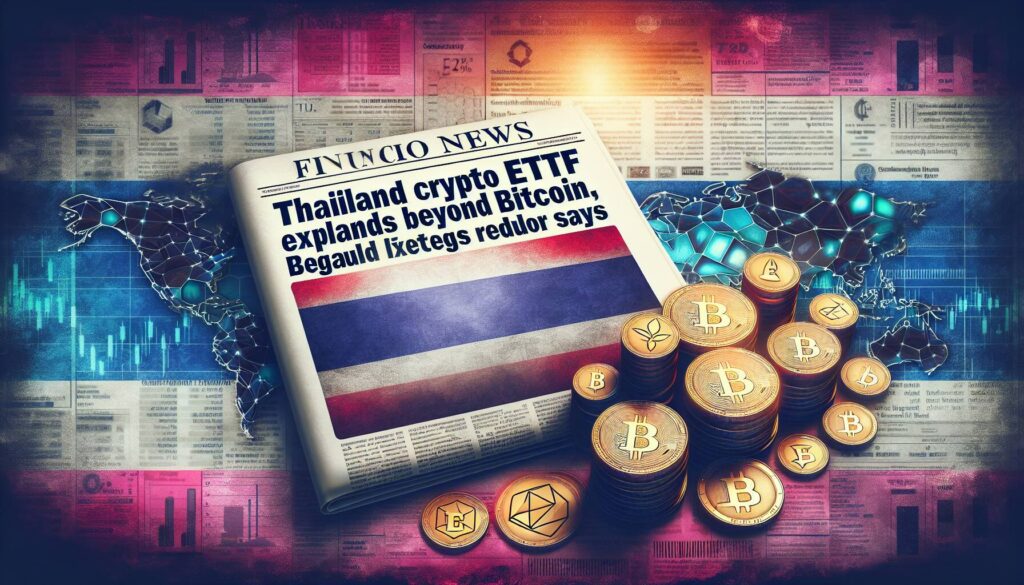XRP has recently experienced a notable surge, reaching new highs following the announcement of an institutional lending initiative by Japan’s SBI. This development has sparked significant trading activity, with volumes surpassing 160 million tokens and the price breaking through key resistance levels. Throughout the price action, buyers have shown resilience, defending the $2.93 mark multiple times, while the excitement builds ahead of the looming October 18 deadline for pending ETF decisions.
In the past 24 hours, XRP witnessed a 5.2% increase, climbing from $2.84 to $2.97, a rally attributed to SBI’s new XRP lending program aimed at institutional payments. This move signifies Japan’s commitment to large-scale cryptocurrency adoption and strengthens the foundation for XRP’s growth. Alongside this news, Ripple’s Chief Technology Officer, David Schwartz, is transitioning to an emeritus position, adding a layer of intrigue to the company’s evolution.
The price action indicates a volatile trading range of $0.16 for XRP, oscillating between $2.82 and $2.98. A particularly notable breakout occurred around 08:00 on October 1, when XRP soared from $2.86 to $2.92, driven by an impressive trading volume of over 164.5 million tokens—more than double its daily average. As the day progressed, consolidation efforts successfully maintained support at $2.93 while resistance levels firmed in the $2.96 to $2.98 range.
“Effective support has risen to $2.93 with increasing confidence among buyers, while resistance remains stubbornly positioned at $2.96 to $2.98. The validation through spikes in trading volume suggests strong institutional interest in XRP.”
Traders are now keenly observing if XRP can sustain its position above the $2.96 to $2.98 barrier and make a substantial push toward the $3.00 psychological threshold. Additionally, the impact of SBI’s lending program on liquidity flows across Asia and potential buying activity during U.S. market hours remain critical factors to watch. The cryptocurrency landscape is charged with anticipation as the sector also witnesses a 4-5% uplift across peer tokens, driven by increased trading volumes.

XRP Surge and Institutional Lending Initiative
Key points regarding the recent developments surrounding XRP and their potential impact:
- XRP Price Surge: XRP experienced a rise of 5.2%, climbing from $2.84 to $2.97 within 24 hours.
- SBI Institutional Lending Program: Japan’s SBI launched an XRP lending initiative, promoting large-scale adoption of cryptocurrencies in institutional payments.
- Volume and Price Resistance: Trading volumes exceeded 160M tokens, reinforcing price stability and forming new resistance levels at $2.96–$2.98.
- Technical Support Levels: XRP’s support has shifted to $2.93 after multiple defenses, indicating a potential for upward movement.
- Upcoming ETF Decisions: The October 18 deadline for seven spot ETF applications may influence XRP’s price action significantly, presenting opportunities for traders.
Implications for Readers:
- Understanding the impact of institutional initiatives on cryptocurrency markets can help investors make informed decisions.
- Awareness of key resistance levels and technical analysis might guide trading strategies.
- Monitoring regulatory developments, such as ETF approvals, could affect investment timing and market sentiment.
XRP’s Recent Surge: Analyzing Competitive Dynamics
The recent upswing in XRP price, following the launch of an institutional lending initiative by Japan’s SBI, marks a significant moment in the cryptocurrency landscape. This development not only points to increasing institutional interest but also mirrors trends seen in similar crypto assets, particularly those thriving on institutional adoption and regulatory clarity.
Competitive Advantages: XRP’s resilience around the $2.93 support level showcases its increasing stability and attractiveness to institutional investors. Compared to its rivals, XRP benefits from a well-defined use case in remittances, bolstered by SBI’s initiative, which positions it favorably in the Asian markets. Other cryptocurrencies, while also witnessing price rallies, often lack such robust institutional backing or face regulatory headwinds that XRP seems to be circumventing effectively.
Disadvantages: However, XRP is not without its challenges. The looming SEC decisions regarding multiple ETF filings create a cloud of uncertainty that could deter some investors. Unlike other tokens that have successfully shrugged off regulatory concerns, XRP’s history with the SEC could lead to heightened volatility if market sentiment shifts negatively. Additionally, as prices approach critical resistance levels, the risk of profit-taking from short-term traders could stymie longer-term growth.
Who It Benefits: This surge is poised to appeal to institutional players looking to harness the growing liquidity in XRP through SBI’s program. Furthermore, traders and investors focused on short-to-medium-term gains may find this environment ripe for strategic entries as price dynamics shift. Conversely, those wary of potential regulatory clampdowns may find greater risk, positioning them to miss out on prospective gains if the ETF applications yield favorable outcomes.
The interaction between XRP’s institutional initiatives and ongoing market developments exemplifies the ripe conditions for both opportunity and risk, reflecting a dynamic that investors keenly watch as they navigate the complexities of the cryptocurrency realm.














